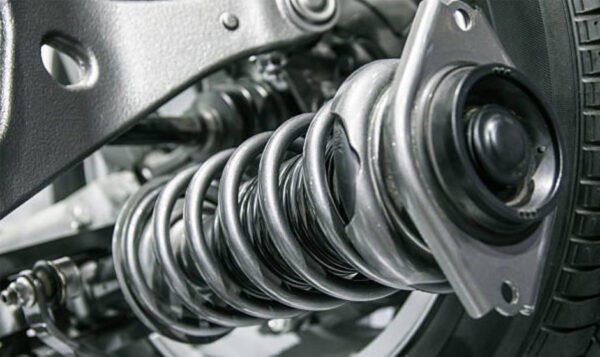What is salary packaging and how does it work?

Salary packaging (or salary sacrifice) is an arrangement between you and your employer, where you pay for some things directly from your gross salary. For instance, this may include cars, computers, superannuation funds, and child care. The advantage is that this reduces your taxable income and puts more money in your pocket every payday. Your employer will pay fringe benefits tax (FBT) on these items. These benefits are factored into your income tax, Medicare levy surcharge, child support, and other government benefits.
How does salary packaging work?
Employees can set aside part of their gross salary in this way to cover specific expenses such as superannuation, child care, and other work-related items. As a result, they are liable to pay less income tax. Usually, the employer manages everything and ensures that all regulations are followed. In Australia, wage packaging allows employees to pay for meals and credit card expenses in this way. The Australian Taxation Office (ATO) has set specific limits on salary sacrifice. As an employee, you can choose a salary package if your employer is willing to offer you certain benefits. Most employers tend to provide salary packaging for superannuation.
Which specific benefits can be salary packaged?
Although there are no specific restrictions on what can be packaged, the benefits are offered to employees under the three major categories of exempt benefits, fringe benefits, and superannuation. Benefits under the category of employee exemption are not included in the summary of your annual payment. Your employer is thus exempt from employer payment obligations for fringe benefits tax on these benefits. Exempt benefits can include, for example, computer software, protective clothing, portable electronic devices, briefcases, and any tools used specifically for your work. Fringe benefits are payments that you receive every financial year which appear on your annual payment summary when you file your tax return. Being an employee means that you will have a tax-free or Medicare levy on these benefits. Fringe benefits can include, for example, health insurance, loans for your car, child care fees, school fees, and certain other personal living expenses. Some of your pre-taxable income can be allocated to a superannuation fund. These particular contributions are taxed at 15%, which is exactly the same as your employer’s contributions. For many people, this will be lower than the marginal tax rate that they have to pay.
Non-profit organisations are a special case.
Most employers have to pay FBT on the benefits they offer to each of their employees. However, some non-profit organisations, depending on the type of organisation, are exempt from FBT obligations to a certain extent. So, these organisations are often able to provide non-cash benefits to their employees more cost-effectively when compared to other companies. Non-profit organisations can also provide cash benefits for loan repayments and entertainment from pre-tax income. This can clearly make salary packaging attractive to their employees. You should ask your employer precisely what salary packaging they can offer you. You can always get professional advice on whether salary sacrificing will be beneficial for you.



